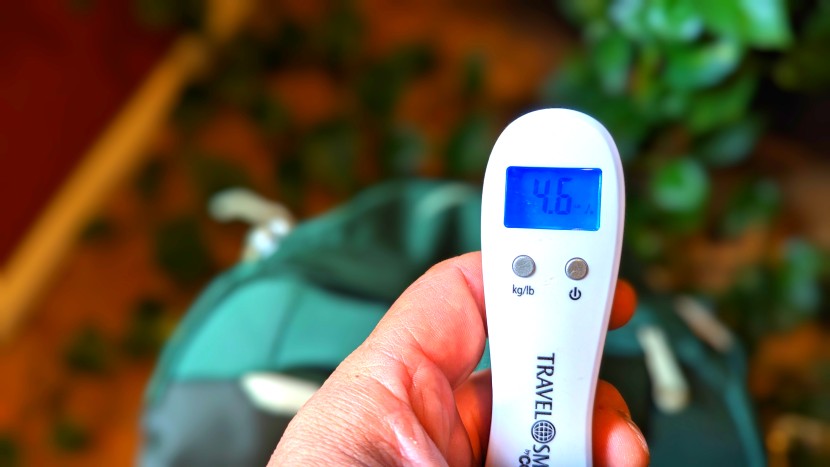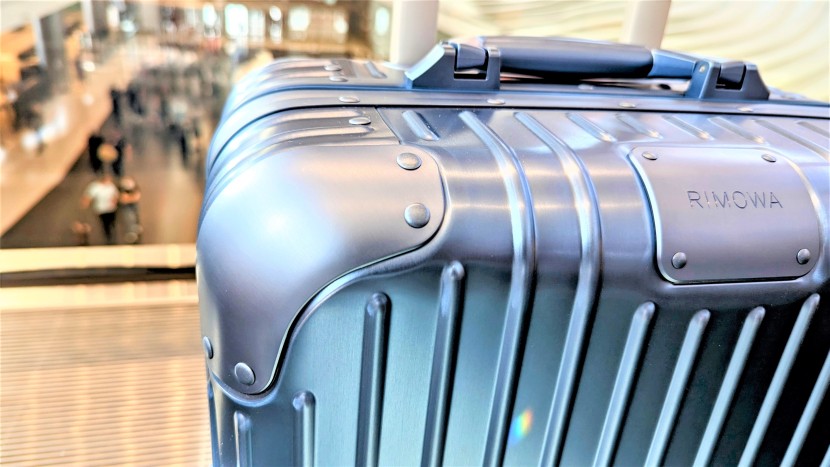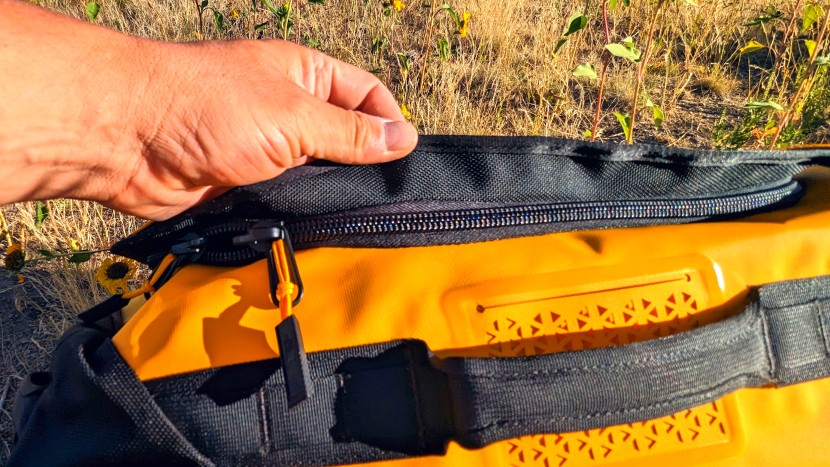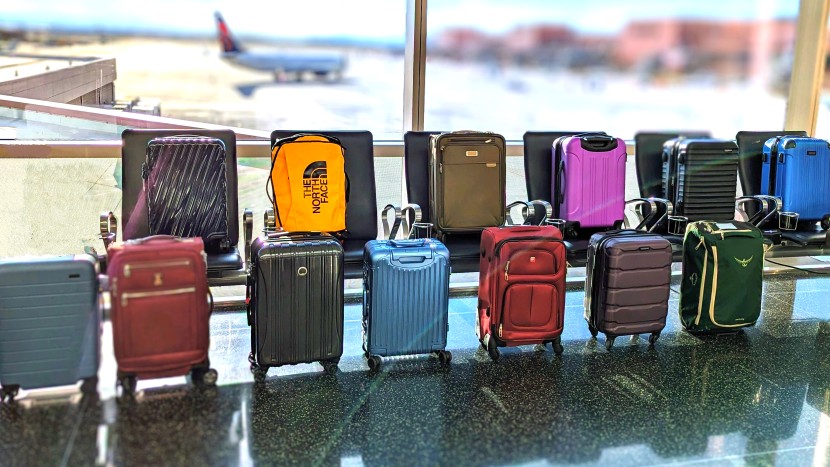For this review, we dialed in our testing to cover all the major mishaps and pitfalls a carry-on bag might encounter, whether you are flying across a continent or chucking the bag into a 4x4 for backcountry offroad adventures.
Capacity
To test the capacity of each bag, we packed them with a ton of different sizes, shapes, and types of gear and belongings. Specific tests compared weight to volume and examined the dimensions of each bag compared to airline carry-on limitations.
Rather than rely on manufacture volume claims — which often use the external measurements of the bag in their calculations — we measured and calculated their internal space ourselves. We focused our efforts on the size of each bag's main compartment but noted models with extra pockets for additional storage.
We also considered the load security of each piece of luggage, including straps, internal organization, and compression systems. Throughout our many types of trips and the various payloads we put in each model, we noted how well they compressed our belongings and stopped them from rattling around inside the case.
Ease of Transportation
As these bags are meant to accommodate you on the go, we tested their ease and smoothness of being able to do so. We pushed, pulled, lifted, and rolled them all over smooth airport floors and down gravel roads. We loaded them into the back of our vehicles and crammed them into overhead airplane bins. We tested trolley handles and grab handles and examined wheel functionality and clearance.
Though all of these bags have wheels, not all wheels are created equal. We spent a lot of time testing this particular component of each bag. We measured wheel diameters, scrutinized tread, and evaluated clearance. We dragged them across concrete, down dirt roads, over loose gravel, and across grass.
We also tested their ability to roll in a straight line on their own using a piece of tape on a level floor. By pushing these bags along the line to roll on their own — and doing it repeatedly — we easily saw which pulled to one side or had a tendency to drag. We also took note of when they made annoying sounds or exhibited vibrations in motion and evaluated their smoothness while rolling on smooth surfaces.
We studied their handles next, carrying them up flights of stairs, loading them into our trunks, and seeing how their shape, size, location, and functionality affected our ability to easily maneuver them to where they needed to be.
We also used, abused, and scrutinized the trolley handles for wobble, looseness, and variable height settings. We dragged them up stairs and over curbs, taking them on shuttles and public transit as well as up escalators. And we checked their balance to make sure they could stay standing upright on their own, fully loaded.
Construction Quality
After spending weeks carting these cases around, we put them through our quality testing to find out how well they can withstand the trials and hardships of travel gone wrong.
We evaluated the protective features of every piece of luggage. We checked protective rails and bumpers, looked for reinforcements, and scrutinized materials. We yanked handles and zippers, bounced wheels on hard surfaces, and checked for signs of wear and tear.
During our water tests, we lined up our carry-ons first on their backs and then standing upright and soaked them with hose water for several minutes. With paper towels inside, we were able to see which ones kept out the “rain” and which let it soak the contents of the bag.
Then we got extra aggressive. We dropped every bag from a three-foot height onto tile flooring. We pushed them down a flight of concrete stairs. We tossed them across parking garages and sometimes even down rock faces, looking for weakness or signs of failure.
Design and Functionality
Finally, we considered each model's versatility of design and functionality. We noted particularly creative features that made our travels easier. We also considered the aesthetics of each piece of luggage by asking as many of our friends and family to rate them.
We took note of the functionality of all the basics: latches, buckles, zippers, and handles. We counted compartments and tested their usability. We considered the types of adventures and travels we would take each suitcase along for, dividing our contenders into hard-sided and soft-sided bags — and a few that defied those categories.
We also evaluated their adaptability and versatility. We identified which ones are great gear-haulers, which have the right organization for traveling with formalwear, and which look professional enough for business trips.
Finally, we left a little room for that hard-to-define factor that made our testing team appreciate certain models over others. We scoured even the most minute design details that can make all the difference in your overall happiness with your luggage.
Conclusion
Testing every bag side-by-side, we can identify the best options for all different types of travelers and all sizes of budgets. We've spent months testing these cases to help you determine the best carry-on for your life.

















